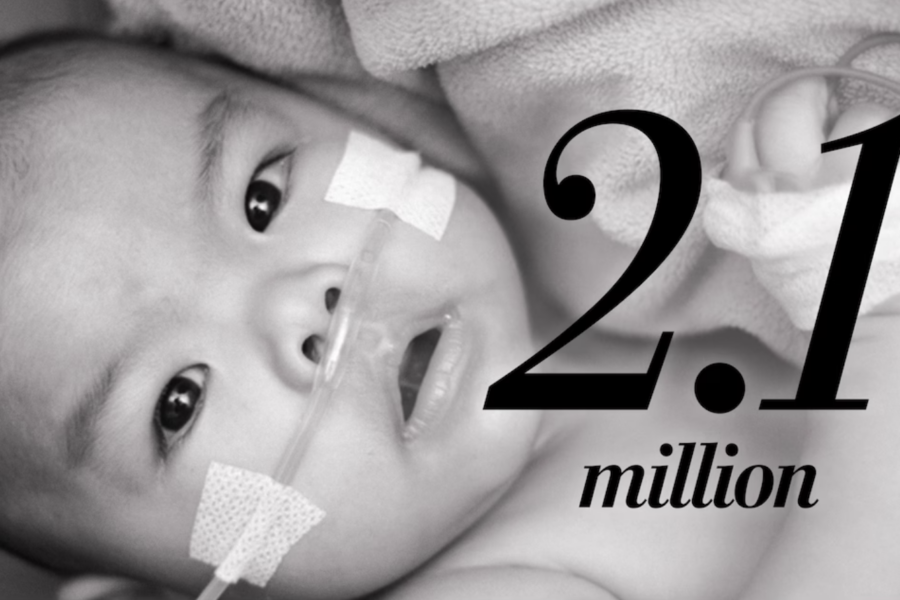Each year in the United States, 2.1 million children younger than 5 receive outpatient treatment for respiratory syncytial virus (RSV), according to the Centers for Disease Control and Prevention. But for up to 80,000 youngsters, the infection becomes severe and leads to hospitalization, making RSV the country’s leading cause of infant hospitalization.
In a report released this month, the CDC recommends RSV vaccination between now and Jan. 31, 2024, for anyone 32 to 36 weeks pregnant in those months. The goal is to provide protection during the fall-to-spring season when RSV is most prevalent in most parts of the country.
The vaccine for pregnant people was designed to protect their newborns who would be most vulnerable to RSV — babies 6 months and younger and those born prematurely. After six months, the vaccine’s virus protection wanes.
For women whose pregnancy does not align with the recommended “seasonal administration” of the vaccine, the agency recommends that their infants be vaccinated shortly after birth. RSV is a common virus, usually causing symptoms similar to a common cold — runny nose, fever, sore throat and congestion — that usually go away in a few days.
Nearly all children have been infected with RSV by age 2, according to the American Academy of Pediatrics. But young kids, as well as adults older than 65, are more susceptible to RSV infections becoming severe, even life-threatening. Early signs of this may include a wheezing cough and breathing difficulty, explains the American Lung Association.
